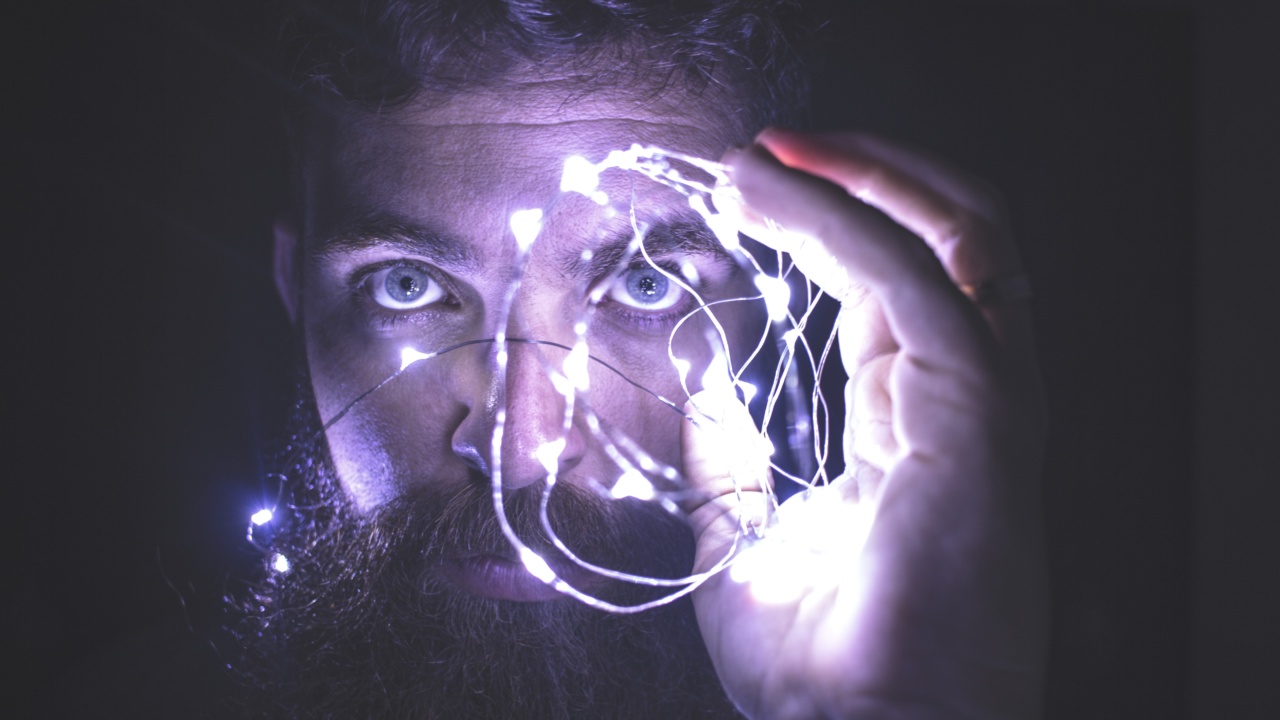For centuries, humans have been fascinated by the workings of the brain and the elusive nature of consciousness. Finally, researchers have made groundbreaking discoveries in uncovering the mechanism of human consciousness in the brain.
This new understanding sheds light on how we experience the world around us and could lead to breakthroughs in treating various cognitive disorders.
What is Consciousness?
Before diving into the mechanics of consciousness, it’s important to define the phenomenon. Consciousness is the state of being aware of one’s surroundings, thoughts, and sensations.
It’s the subjective experience of the world around us, including our thoughts, emotions, and perceptions. Consciousness is a complex phenomenon that involves many regions of the brain working together.
The Global Workspace Theory
The Global Workspace Theory is one of the most prominent theories of consciousness. It posits that our conscious experience arises from the integration and communication of information across various areas of the brain.
In this theory, the brain acts like a global workspace, where information from different regions is brought together and shared to create our conscious experience. This theory is supported by studies that have shown that activity in several brain regions is involved in processes related to consciousness, including the prefrontal cortex, the parietal cortex, and the thalamus.
The Role of Neurons
Neurons are the fundamental building blocks of the brain and play a crucial role in the mechanism of human consciousness. When neurons communicate with each other, they create electrical signals that travel along their axons, or output fibers.
These signals are known as action potentials, and they allow information to be transmitted between neurons at lightning-fast speeds. It’s this communication between neurons that underlies all our thoughts, emotions, and behaviors.
The Neural Correlates of Consciousness
The Neural Correlates of Consciousness (NCC) is a term used to describe the specific neural processes that give rise to consciousness. These correlates are thought to be the key to understanding the mechanism of human consciousness.
While there’s no one area of the brain that’s responsible for consciousness, several brain regions are thought to play a crucial role. For example, studies have shown that the prefrontal cortex is important for our self-awareness and working memory, while the parietal cortex is involved in processing sensory information.
These regions work in concert to create our conscious experience.
The Importance of Attention
One of the most intriguing aspects of consciousness is the role of attention. Attention is the ability to focus on a particular stimulus or task, and it’s a crucial component of consciousness.
Studies have shown that when we pay attention to something, it activates certain brain regions and enhances our conscious experience of that stimulus. For example, if you’re looking at a sunset and you really focus on the colors and textures of the sky, you’ll have a more vivid and intense conscious experience than if you were just passively observing.
The Role of Feedback
Another important component of the mechanism of human consciousness is feedback. Feedback is the process by which information is sent back from higher brain regions to lower ones to modulate sensory processing.
This feedback allows us to integrate information from multiple sources and create a cohesive conscious experience. For example, when you’re looking at a face, your brain receives input from several sensory modalities, including visual, auditory, and somatosensory.
Feedback from higher brain regions helps integrate this information to create a unified percept of the face.
The Unity of Consciousness
Perhaps one of the most mysterious aspects of consciousness is its unity. While we experience the world as a seamless whole, our brains are actually processing multiple streams of information simultaneously.
Despite this, we never experience our conscious experience as fragmented or disjointed. This is known as the unity of consciousness, and it’s thought to arise from the integration of information across multiple brain regions through feedback and attention.
Implications for Cognitive Disorders
Understanding the mechanism of human consciousness has implications for the treatment of various cognitive disorders.
For example, disorders of consciousness, such as coma or vegetative state, could potentially be treated by stimulating certain brain regions to enhance consciousness. Additionally, disorders that affect attention or working memory, such as ADHD or schizophrenia, could be treated by targeting specific brain regions involved in these processes.
Final Thoughts
The mechanism of human consciousness is a complex and fascinating phenomenon that has intrigued scientists for centuries.
While we still have much to learn about how the brain creates our conscious experience, recent research has made significant strides in uncovering the underlying neural mechanisms. This new understanding could lead to breakthroughs in treating cognitive disorders and help us gain a deeper understanding of what it means to be conscious.





























